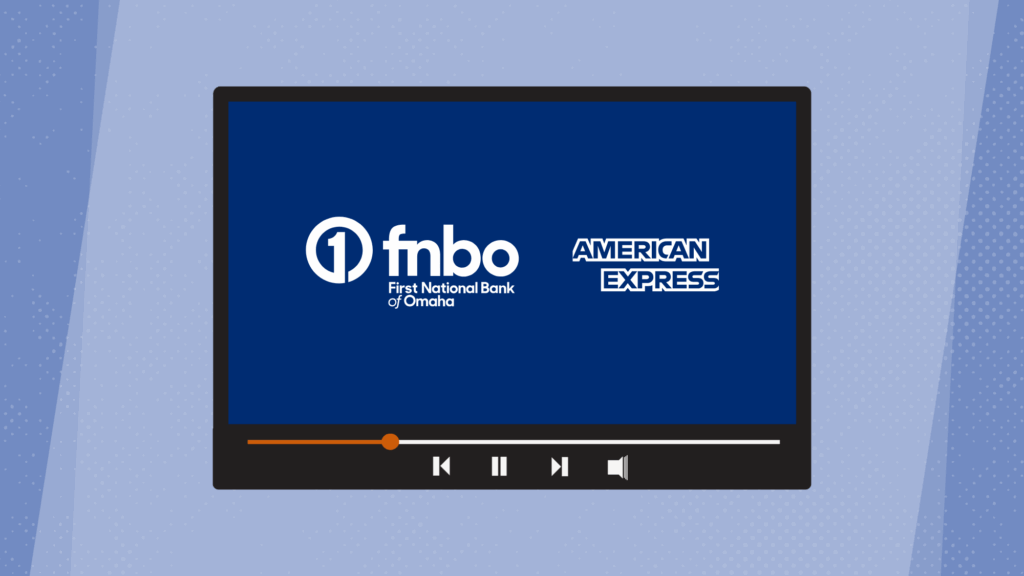In a recent RiskExec panel webinar, leaders Annie Perizzolo of American Express and Chris Turner of FNBO shared firsthand insights from their 2025 Community Reinvestment Act (CRA) exam experiences. The discussion revealed significant shifts in regulatory expectations, and offered actionable strategies for financial institutions preparing for upcoming exams.
The Evolving Landscape of CRA Exams
Both American Express and FNBO, regulated by the Office of the Comptroller of the Currency (OCC), reported that their 2025 CRA exams were notably different from previous years. Preparation methods remained consistent, but the exam experience itself shifted.
Examiner staffing changes played a central role in this new environment. The data integrity portion of exams was "intense," with smaller examiner teams and a higher proportion of those who were fully remote. This was a stark contrast to the CRA exam, which often had a larger team of on-site and remote examiners. In some cases, institutions were notified of a swapout in the exam team personnel just days before their kickoff meeting.
Learn More in Our On-Demand Webinar
Want to see how these strategies work in practice? Watch the on-demand webinar.
5 Strategies for Navigating New Challenges
The evolving expectations of examiners throughout 2025 have reshaped how financial institutions should approach CRA exam preparation in Q4, and in 2026. While the foundational requirements of the Community Reinvestment Act remain unchanged, institutions are facing greater scrutiny over data accuracy, documentation quality, and responsiveness to examiner requests.
Both American Express and FNBO emphasized that effective preparation now requires institutions to think several steps ahead. This includes anticipating examiner needs, coordinating the efforts of internal teams, and using technology to manage complexity. Their experiences provide a practical framework for navigating the new exam landscape with confidence and efficiency.
The following five strategies represent proven approaches used to successfully prepare for 2025 CRA exams.
1. Anticipate Examiner Requests
Annie and the team at American Express reviewed prior exam requests in advance and mirrored the bank's annual self-assessment after the CRA performance evaluation format. This ensured they had the necessary data and charts available when examiners requested them.
Action to Take: Conduct a pre-exam audit of prior examiner requests and align your internal reports to the performance evaluation structure. Centralizing prior submissions and analyses within a single compliance platform, such as RiskExec, can make this process more efficient and reduce duplicate work.
2. Communicate and Prioritize
Chris advised prioritizing the exam above other concurrent initiatives. She even set an out-of-office message to manage expectations and relied on team coordination to handle requests efficiently. While some requests might be new for 2025, CRA teams should use these experiences to inform future program improvements.
Action to Take: Establish clear internal communication protocols before the exam begins. Assign point contacts, set status updates, and block off dedicated focus time for CRA exam-related requests.
3. Use Technology to Strengthen Preparation
To better prepare, FNBO utilized an internal-only AI assistant programmed to replicate the thought process of an OCC large bank examiner. The tool helped navigate 100-page city plans and identify data points likely to draw examiner attention, saving significant manual review time.
Action to Take: Evaluate how automation, AI tools, or document parsing systems can assist with reviewing community plans or large data files. If your organization allows AI use, coordinate closely with your information security team to ensure proper governance and compliance before deployment.
4. Strengthen the Performance Context
Both leaders underscored the importance of performance context. Annie's team at American Express hosted a CRA community tour for examiners, while FNBO created short videos with community partners to illustrate impact. This human connection provided additional valuable context that complemented the written performance context.
Action to Take: Go beyond written reports by providing experiential context. Partner with your marketing or communications team to develop visuals, summaries, or community stories that highlight measurable outcomes. This collaboration helps ensure your CRA narrative is both accurate and compelling for examiners and stakeholders alike.
5. Demonstrate Responsiveness
Chris’ team also conducted a comprehensive market-level needs assessment, which allowed them to directly tie their community development activities back to the specific needs of each community. This proactive approach was highly appreciated by their examiners.
Action to Take: Implement an ongoing needs assessment process across all markets and maintain documentation that connects activities to community priorities and measurable impact. Using consistent data tracking across systems enables teams to quickly produce evidence of responsiveness.
Key Takeaways for Upcoming CRA Exams
In wrapping up, Annie and Chris concluded their discussion with several forward-looking insights for institutions preparing for future CRA exams.
The following takeaways capture this year’s most important CRA exam lessons:
- Be prepared for anything: Staffing changes and last-minute shifts are increasingly common. Have a plan to pivot quickly, whether that means conducting a virtual presentation instead of an in-person one, or assigning a small team to handle last-minute requests.
- Know what to expect: Even if the first-day request letter differs, prepare the data and documents you know will be needed for your institution's exam framework.
- Document everything: Go "above and beyond" by including specific details and sources for all claimed activities. Comprehensive documentation reduces examiner questions and ensures data integrity
- Track your time: Record the hours spent on exam preparation to inform future planning and resource allocation.
The experiences of American Express and FNBO underscore that while the core principles of CRA remain the same, examiner expectations and exam execution continue to evolve. By embracing proactive strategies, leveraging technology, and maintaining strong communication, financial institutions will be best positioned for success and demonstrate their commitment to their communities.
A New Layer of Scrutiny: Addressing "Debanking" Practices
Just when you think your institution has a handle on the changes, a new one emerges. The Office of the Comptroller of the Currency (OCC) recently issued a news release and two bulletins related to the elimination of politicized or unlawful debanking in the federal banking system. These announcements align with the recent “Guaranteeing Fair Banking for All Americans” Executive Order and signal a coordinated effort to ensure consistent access to financial services across all communities.
The OCC has stated it will assess each bank's record and policies on a case-by-case basis to determine whether an institution has engaged in discriminatory or politically motivated practices. While this announcement originates from the OCC, it is expected that the Federal Reserve and the Federal Deposit Insurance Corporation (FDIC) will adopt similar approaches to maintain consistency across the regulatory landscape.
This development introduces a new layer of oversight that extends beyond traditional CRA compliance. Institutions may need to reassess internal governance, account review policies, and documentation standards to demonstrate that customer decisions are based solely on lawful and objective criteria.
Conclusion
As the compliance landscape continues to evolve, CRA exams and related oversight areas such as fair access and “debanking” require greater precision, transparency, and adaptability from financial institutions than ever before. The insights shared by Annie Perizzolo and Chris Turner underscore the importance of preparation that is both strategic and data-driven.
Institutions that document thoroughly, maintain consistent communication, and invest in technology to centralize and validate their data will be best positioned to demonstrate compliance readiness. By taking a proactive approach today, compliance teams can strengthen examiner confidence and reinforce their institution’s commitment to equitable community investment.
Frequently Asked Questions
What changes can financial institutions expect in 2025 CRA exams?
Institutions can expect more emphasis on data accuracy, changes in examiner responsiveness, and requests for clear performance context. Examiners are increasingly focused on measurable community impact and documentation quality.
How can banks prepare for potential examiner staffing changes or delays?
Develop flexible plans for both in-person and virtual reviews. Designate a core response team, track all communications, and organize essential data in advance to minimize disruption from examiner changes.
What is the OCC’s guidance on “debanking,” and how does it affect CRA exams?
The OCC’s recent bulletins focus on the elimination of politicized or unlawful account closures. These policies align with the “Guaranteeing Fair Banking for All Americans” Executive Order, and may influence future CRA ratings and licensing reviews as part of fair access evaluations.
How can technology support CRA exam preparation?
Technology can streamline document management, automate data validation, and centralize reporting. Systems like RiskExec help institutions maintain consistent, audit-ready information and help them respond more efficiently to examiner requests.






